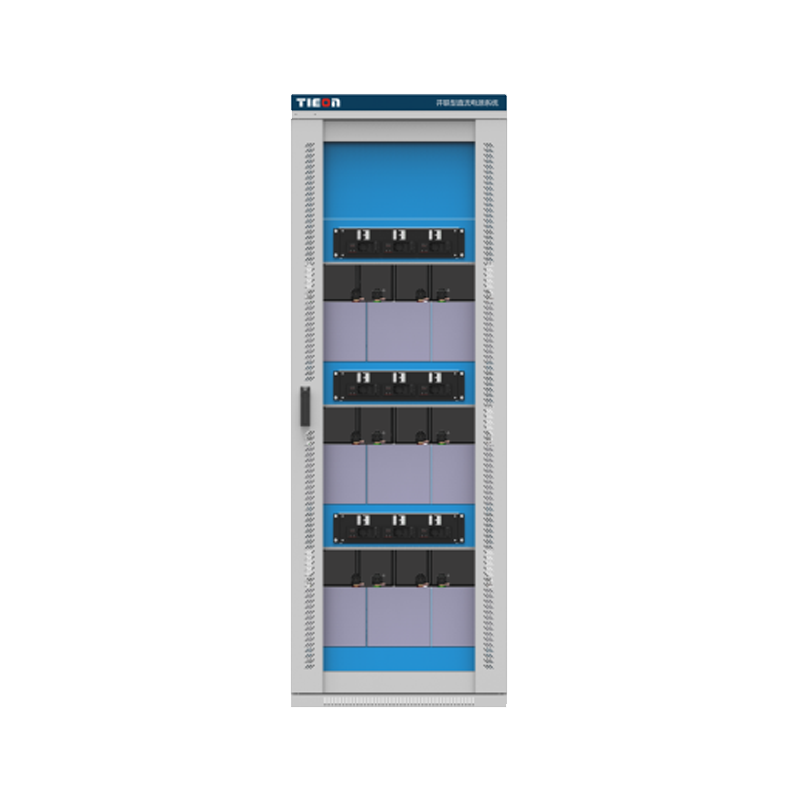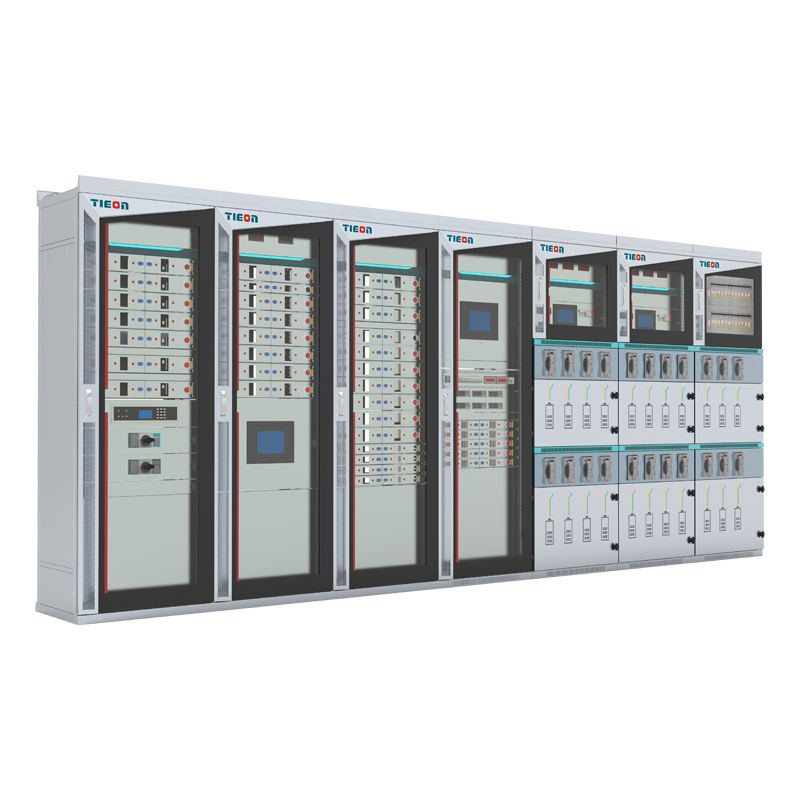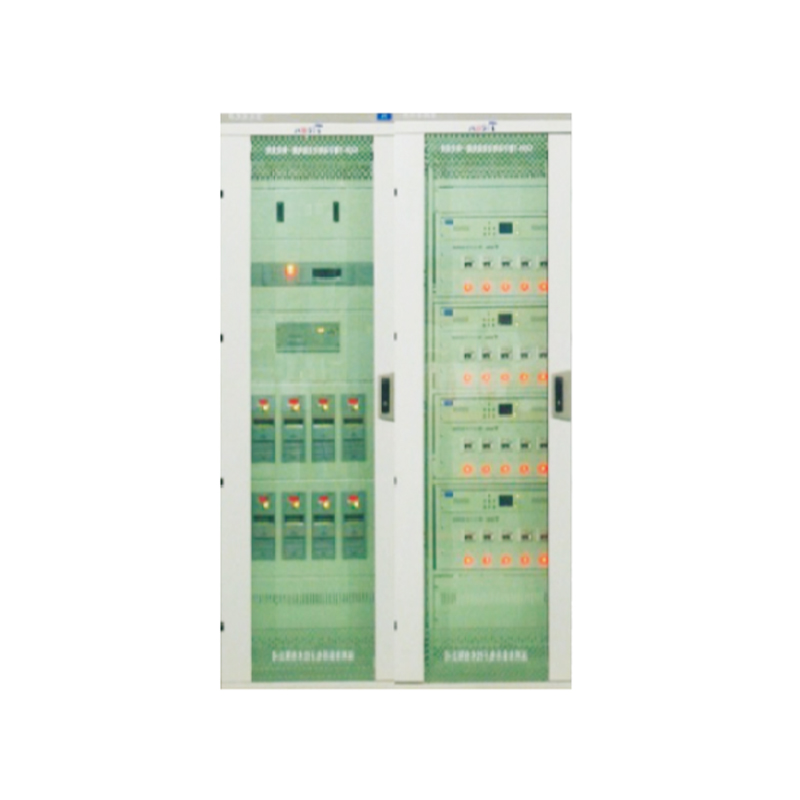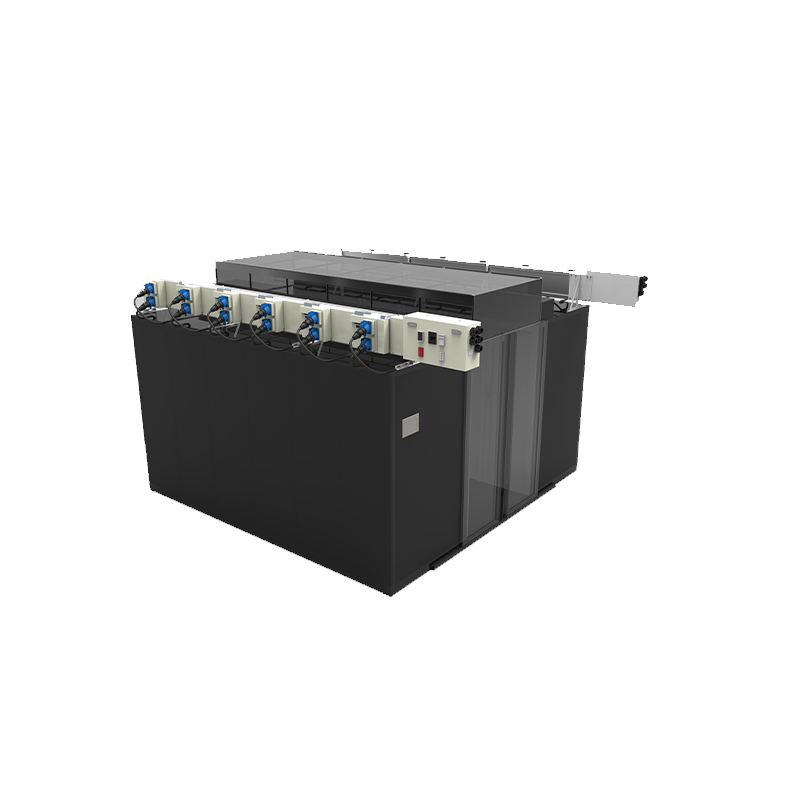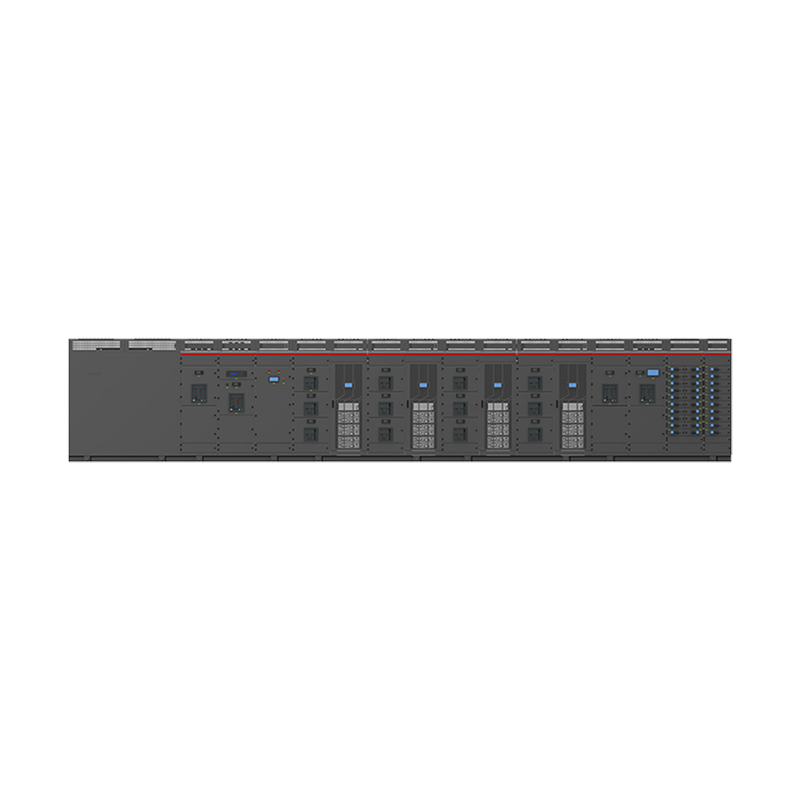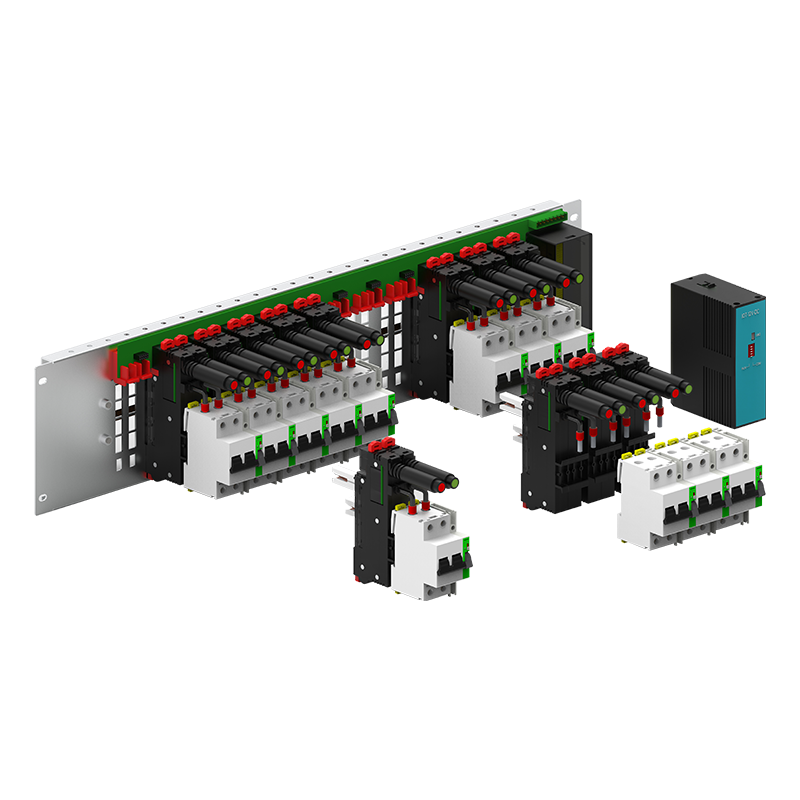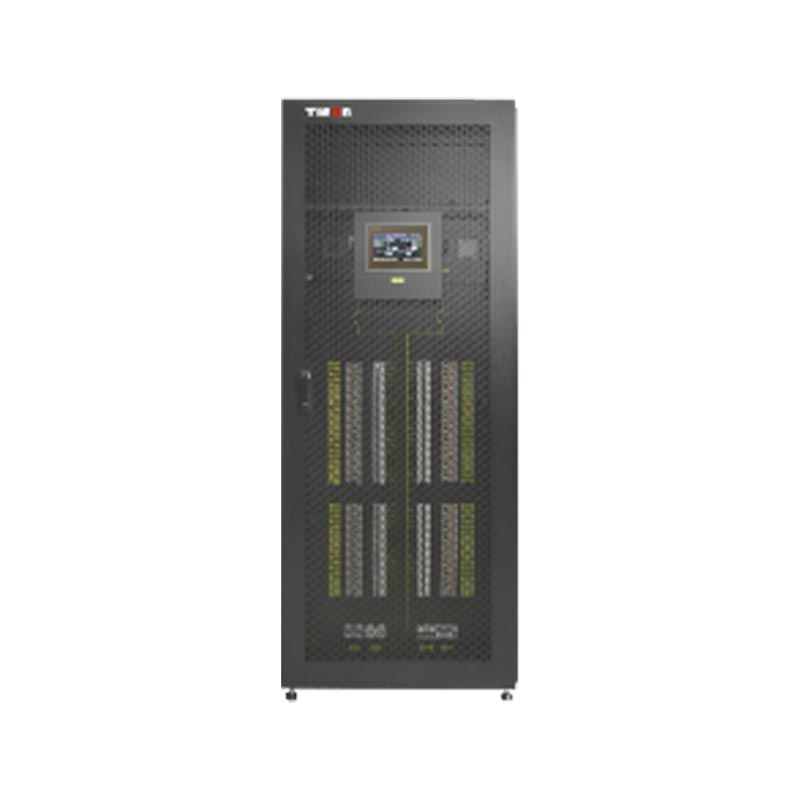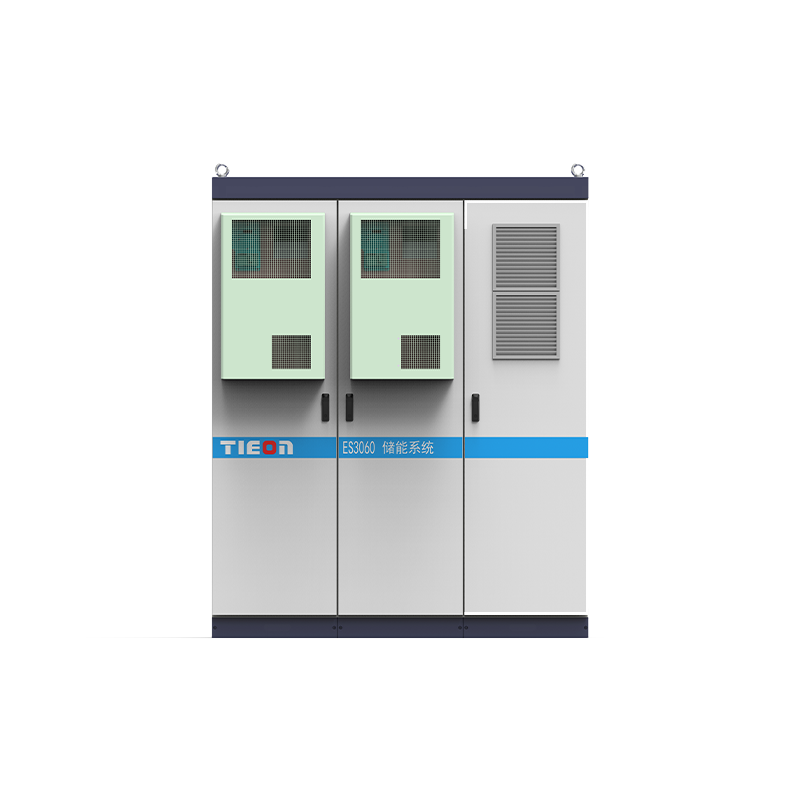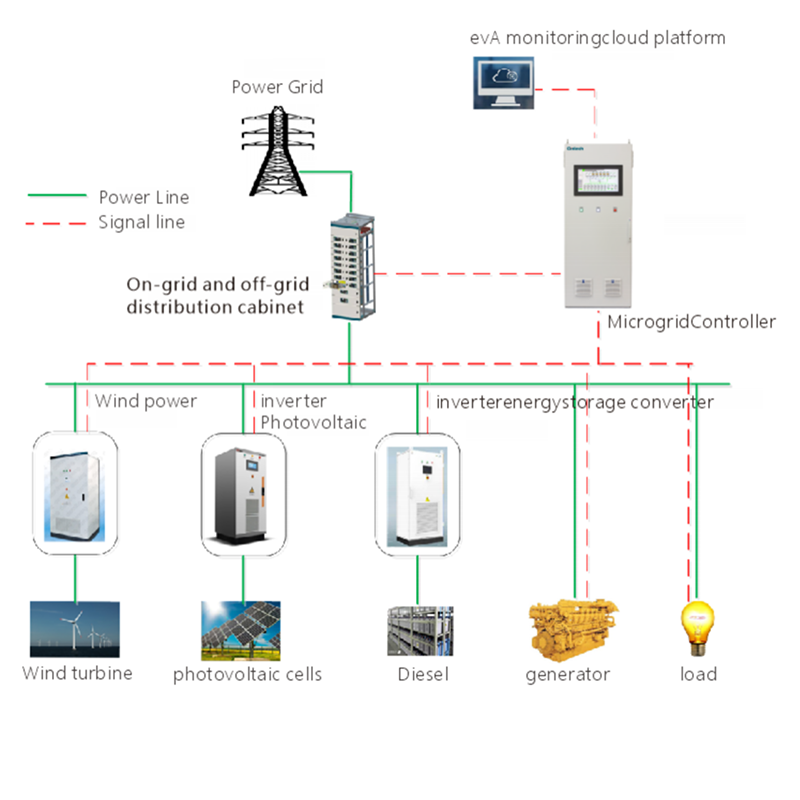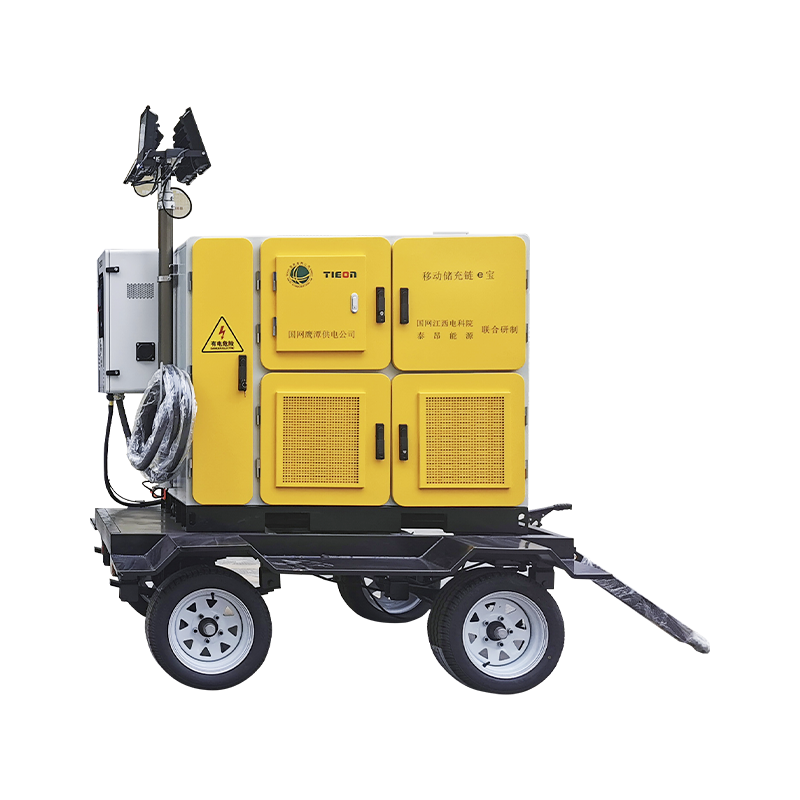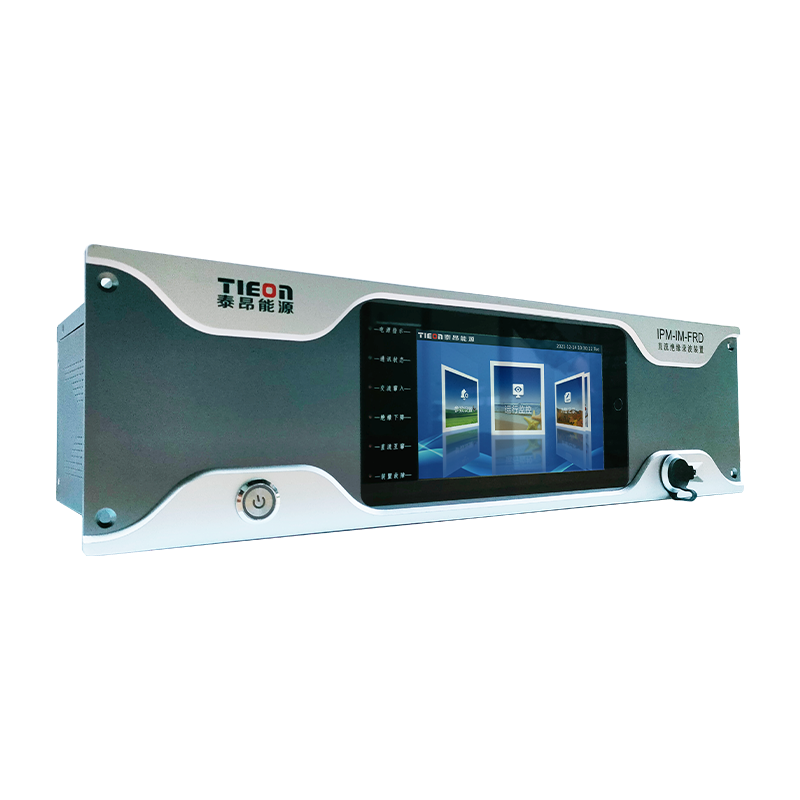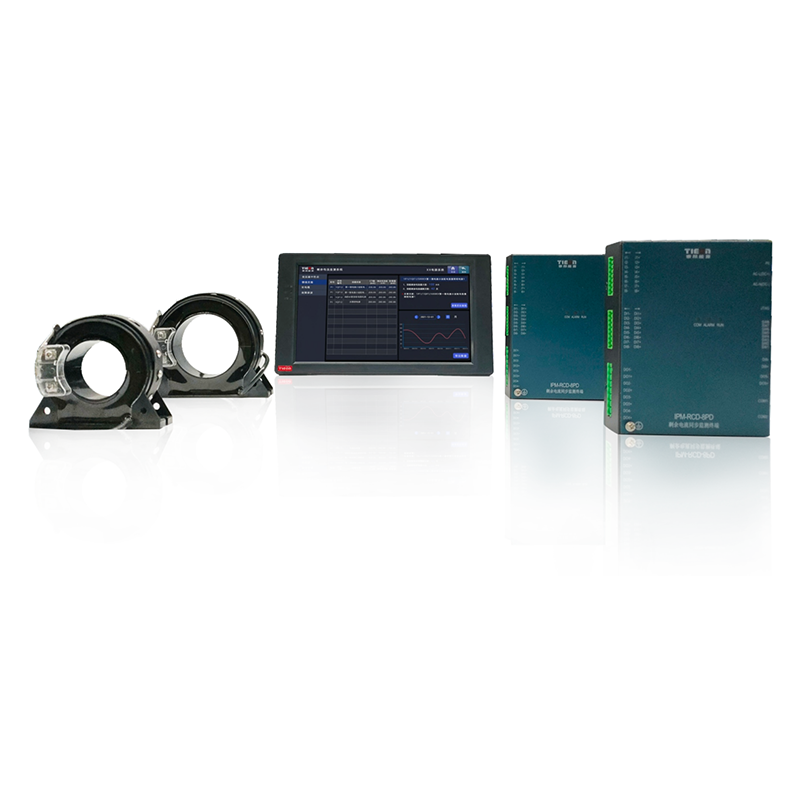Microgrids are evolving as essential components of modern power systems. With their ability to operate independently or in conjunction with the traditional grid, they provide reliable energy solutions, especially for remote areas or locations facing unstable grid access. Understanding the different topologies of microgrid networks is crucial for optimizing energy distribution, reliability, and sustainability. This article will explore the various topologies and their integration with ESS energy storage systems, which enhance the efficiency and resilience of microgrids.
1· Grid-Connected Microgrid Topology
The grid-connected microgrid is the most common topology. It works in tandem with the traditional utility grid, exchanging power when needed. During normal operation, this microgrid topology feeds excess electricity back to the main grid and can also pull power from the grid when local generation is insufficient. One of the main advantages of this system is its flexibility. When the grid is down, the microgrid seamlessly switches to island mode, continuing to supply power to its designated load. This setup is highly effective when paired with ESS energy storage, as stored energy can be dispatched when needed, balancing power supply and demand.
In grid-connected microgrid networks, ESS energy storage systems serve as a critical backup, storing excess energy generated from renewable sources like solar or wind. During grid outages or peak demand periods, the stored energy ensures a consistent power supply, making the system more resilient and efficient.
2· Off-Grid Microgrid Topology
Off-grid or standalone microgrid networks operate independently from the central grid. This topology is typically used in remote areas where grid access is either unavailable or unreliable. Off-grid microgrids rely heavily on local generation sources like solar, wind, or diesel generators. ESS energy storage is a fundamental component of maintaining a stable power supply. By storing excess energy, especially from renewable sources, ESS ensures continuous energy availability even when generation is low or fluctuates.
One challenge for off-grid microgrids is the reliance on variable renewable energy. Without a connection to the main grid, it becomes essential to balance power generation and consumption effectively. In this context, ESS energy storage plays a crucial role by smoothing out the energy flow and providing power during periods of low generation. This makes off-grid microgrid networks a sustainable and reliable solution for isolated regions.

3· Hybrid Microgrid Topology
A hybrid microgrid topology combines features of both grid-connected and off-grid systems. It can operate in conjunction with the main grid or independently when needed. The hybrid system is designed to switch between grid-connected and off-grid modes seamlessly, ensuring continuous power availability. These microgrid networks are highly versatile and can support a range of applications, from rural electrification to enhancing urban grid stability.
The integration of ESS energy storage in hybrid microgrids allows for greater flexibility. Energy storage systems ensure that excess renewable energy is captured and stored for later use, reducing reliance on traditional power sources and optimizing energy efficiency. In the event of a grid failure, the hybrid microgrid can isolate itself and rely on stored energy to power essential loads.
4· Clustered Microgrid Topology
Clustered microgrid networks consist of multiple smaller microgrids connected to form a larger system. This topology allows for enhanced resource sharing and improved reliability. Each microgrid in the cluster can function independently or in coordination with others, depending on the needs of the network. Clustered microgrids are highly adaptable, making them ideal for industrial parks, campuses, or military bases where energy demands can vary widely.
ESS energy storage plays an integral role in clustered microgrid systems. By sharing stored energy across the network, individual microgrids can support each other during times of peak demand or generation shortfalls. This creates a highly efficient and resilient system, with the ability to optimize energy use across the cluster.
Conclusion
Microgrid topologies, whether grid-connected, off-grid, hybrid, or clustered, offer diverse solutions to meet different energy needs. The integration of ESS energy storage within these microgrid networks enhances their reliability and efficiency, allowing them to manage fluctuations in energy supply and demand effectively. As the demand for clean, reliable energy grows, understanding and implementing the right microgrid topology can ensure a sustainable energy future.
For more information on microgrid networks and ESS energy storage, you can visit our website.

